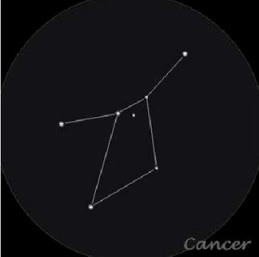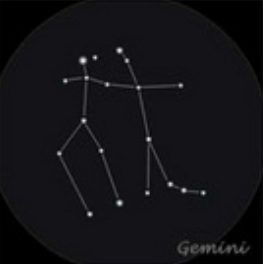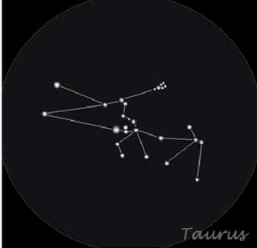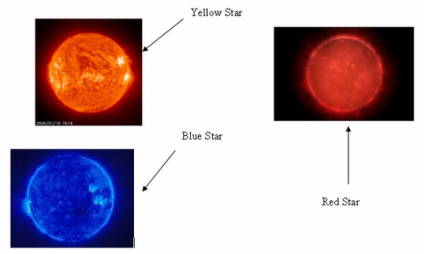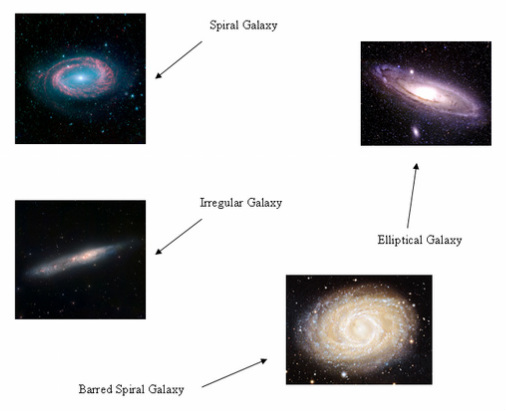Constellations, Stars, and Galaxies
Overview:
A constellation is a group of celestial bodies(usually stars) that appear to form a pattern in the sky or appear visibly related to each other. The constellations are mostly based upon those of the ancient Greek tradition, passed down through the Middle Ages. They were devised by ancient people to be able to recognize stars in the sky. The shapes of constellations resemble objects familiar to those people. There is a total of 88 constellations. Here is 5 of them.
Cancer - The Crab
Gemini - The Twins
Leo - The Lion
Orion - The Hunter
Taurus - The Bull
A constellation is a group of celestial bodies(usually stars) that appear to form a pattern in the sky or appear visibly related to each other. The constellations are mostly based upon those of the ancient Greek tradition, passed down through the Middle Ages. They were devised by ancient people to be able to recognize stars in the sky. The shapes of constellations resemble objects familiar to those people. There is a total of 88 constellations. Here is 5 of them.
Cancer - The Crab
Gemini - The Twins
Leo - The Lion
Orion - The Hunter
Taurus - The Bull
Stars
A star is a sphere of gas held together by its own gravity. Around the 1910, Ejnar Hertzsprung and Henry Russell, two astronomers studying the stars, realized that there was a connection between star brightness, color, and temperature. The coolest stars in the galaxy are the red dwarf stars. The surface temperature is about 3,500 Kelvin. The sun is 5,500 Kelvin which is normal for a yellow star. The hottest star in the galaxy are the blue stars. The surface temperature can vary from 10,000 Kelvin to 50,000 Kelvin.
A star is a sphere of gas held together by its own gravity. Around the 1910, Ejnar Hertzsprung and Henry Russell, two astronomers studying the stars, realized that there was a connection between star brightness, color, and temperature. The coolest stars in the galaxy are the red dwarf stars. The surface temperature is about 3,500 Kelvin. The sun is 5,500 Kelvin which is normal for a yellow star. The hottest star in the galaxy are the blue stars. The surface temperature can vary from 10,000 Kelvin to 50,000 Kelvin.
Galaxies
Galaxies are systems of stars, gas, and dust. They exist in different shapes and sizes. There are 4 different types of galaxies; elliptical, spiral, barred spiral, and irregular. Galaxies come in pairs, triples, groups, and clusters. Our galaxy, the Milky Way, is a giant spiral galaxy of billions of stars, including our Sun. The galaxy mass is 1,000 to 2,000 billion times the mass of the Sun. The super cluster which contains the great Virgo cluster of about 2,500 galaxies has a diameter of 130 million light years. Evidence exist that the super cluster may turn out to be part of a much larger super cluster of tens of thousands of galaxies called the Great Attractor
Galaxies are systems of stars, gas, and dust. They exist in different shapes and sizes. There are 4 different types of galaxies; elliptical, spiral, barred spiral, and irregular. Galaxies come in pairs, triples, groups, and clusters. Our galaxy, the Milky Way, is a giant spiral galaxy of billions of stars, including our Sun. The galaxy mass is 1,000 to 2,000 billion times the mass of the Sun. The super cluster which contains the great Virgo cluster of about 2,500 galaxies has a diameter of 130 million light years. Evidence exist that the super cluster may turn out to be part of a much larger super cluster of tens of thousands of galaxies called the Great Attractor
